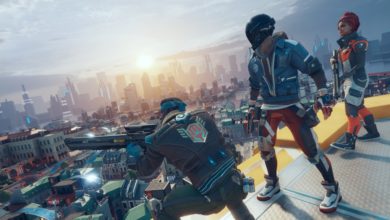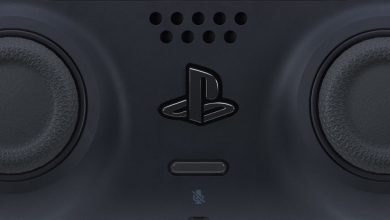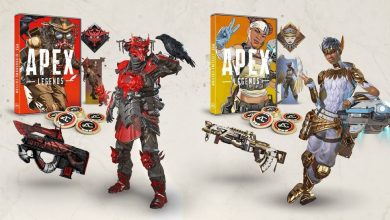What is it about?
Before gaming went mainstream with asynchronous (read: turn-based) multiplayer affairs like Letterpress and Words With Friends being accessible to everyone and their grandmother with a semi-decent smartphone, there was Quake III Arena. And it was glorious. A product of a bygone era, where dimly lit cyber cafes, LAN tourneys and heavy metal ruled the roost, Quake III Arena was a fast-paced multiplayer first-person shooter created by those crazy folk behind Doom, Quake, Commander Keen and Wolfenstein. Yes, id Software.
Why should I play it now?
To experience multiplayer in its purest, most unadulterated form. Sure, Unreal Tournament was great with its bells and whistles and slew of gameplay types, but Q3A was all about skill and skill alone, where hesitating to pull the trigger was the difference between winning or being at the bottom of the leaderboard. And much like Unreal Tournament, it makes most modern-day multiplayer FPSes seem like a PowerPoint presentation. The difference between them is that Q3A feels a lot faster and visceral, like being on four cups of coffee instead of two. It’s a colossal, almost cataclysmic jolt of caffeine to the brain resulting in fast, brutal matches that can end as soon as they begin.
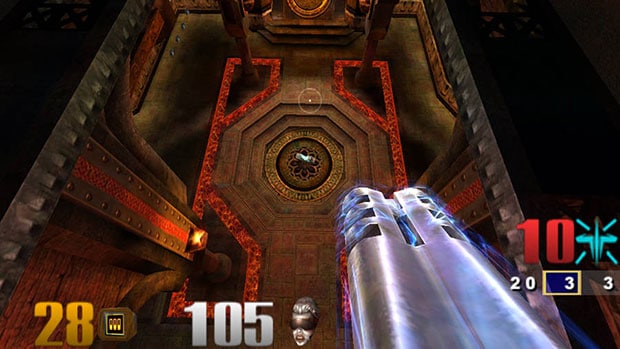
Q3A was all about skill and skill alone, where hesitating to pull the trigger was the difference between winning and being at the bottom of the leaderboard.
How does it hold up today?
Surprisingly well. The gameplay is unmatched as it was back in the day. While the graphics after 14 years aren’t that easy on the eyes, this can be rectified with a high-resolution texture pack. Widescreen monitor owners will have to tweak the .ini file a bit to get it to scale fine. Aside from this, very little takes away from deathmatch at its finest.
Is it similar to anything else out there?
Well, there’s Unreal Tournament and it’s sequels, as well as Quake Live, which was launched as a browser game but is now available standalone. Aside from these, very little compares. Well, until someone at Bethesda (who bought id Software) think it’s a good idea to release a true successor to Q3A. To an extent, Titanfall and Rekoil exhibit some of the fast paced gameplay that makes old-timers nostalgic of the good times had playing Q3A.
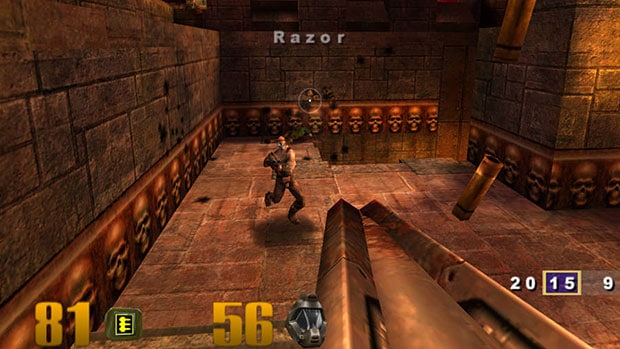
The first time I played Q3A, my posterior got handed to me on a silver platter.
What do I need to play this?
Let’s see. This is a tough one. No, not for the lack of devices, but for the sheer magnitude of things that can play Q3A. From the all-powerful PC to Symbian mobile phones, you can get your dose of early 2000s goodness on almost anything. For the sake of making this story look lengthy, the complete list includes PC, Linux, PS2, Xbox 360, Linux, and Mac. The platforms that got the game unofficially include Android, iOS, PSP, Xbox and Symbian. Own a Raspberry Pi? There’s a version of Q3A specifically compiled for it. It seems that everything can run Q3A. Well, except the Nintendo DS, which was promised an official release that never happened.
‘When I played through…’
The first time I played Q3A, my posterior got handed to me on a silver platter. It’s good to know that not much has changed since then, barring the fact that I’ve managed to make quite a few friends online as we’d all compete not to be last on public servers. Back in the day, the netcode was poor and connections unstable, ensuring that Q3A was best played at a cyber cafe. Now, thanks to faster internet and better hardware, it’s actually quite playable on most connections and still fun to boot.
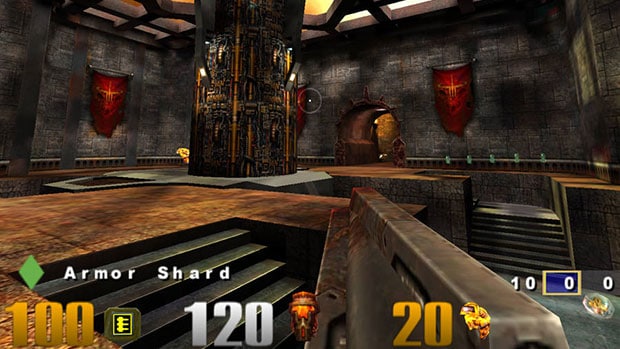
Q3A kickstarted the entire e-sports phenomenon that is a multi-billion dollar business today.
Is there anything else I should be aware of (ie mods, crazy glitches, contribution to pop culture, Internet meme, etc)?
Q3A kickstarted the entire e-sports phenomenon that is a multi-billion dollar business today. Furthermore, there were a slew of notable mods that grew into standalone games, such as Urban Terror. The mod scene isn’t as intense or active as it used to be, but you’ll find the most popular ones still being supported with updates even today. These include CPMA, which allows for air control and rebalanced weapons, to full single-player conversions such as Dark Conjunction, which puts a horror and fantasy twist on the existing Q3A engine.
An official expansion entitled Quake III: Team Arena released a year after Q3A with new game modes and weapons, but the base game with a host of mods made sure it wasn’t as integral to your experience as id would have wanted it to.
Where do I get it?
Steam has it for around $20, else you can take it for a spin in your browser with Quake Live or on XBLA via Quake Arena Arcade. If you’re looking for it on any of the other platforms that officially had a release, the murky import waters of Amazon and Play Asia await you.

